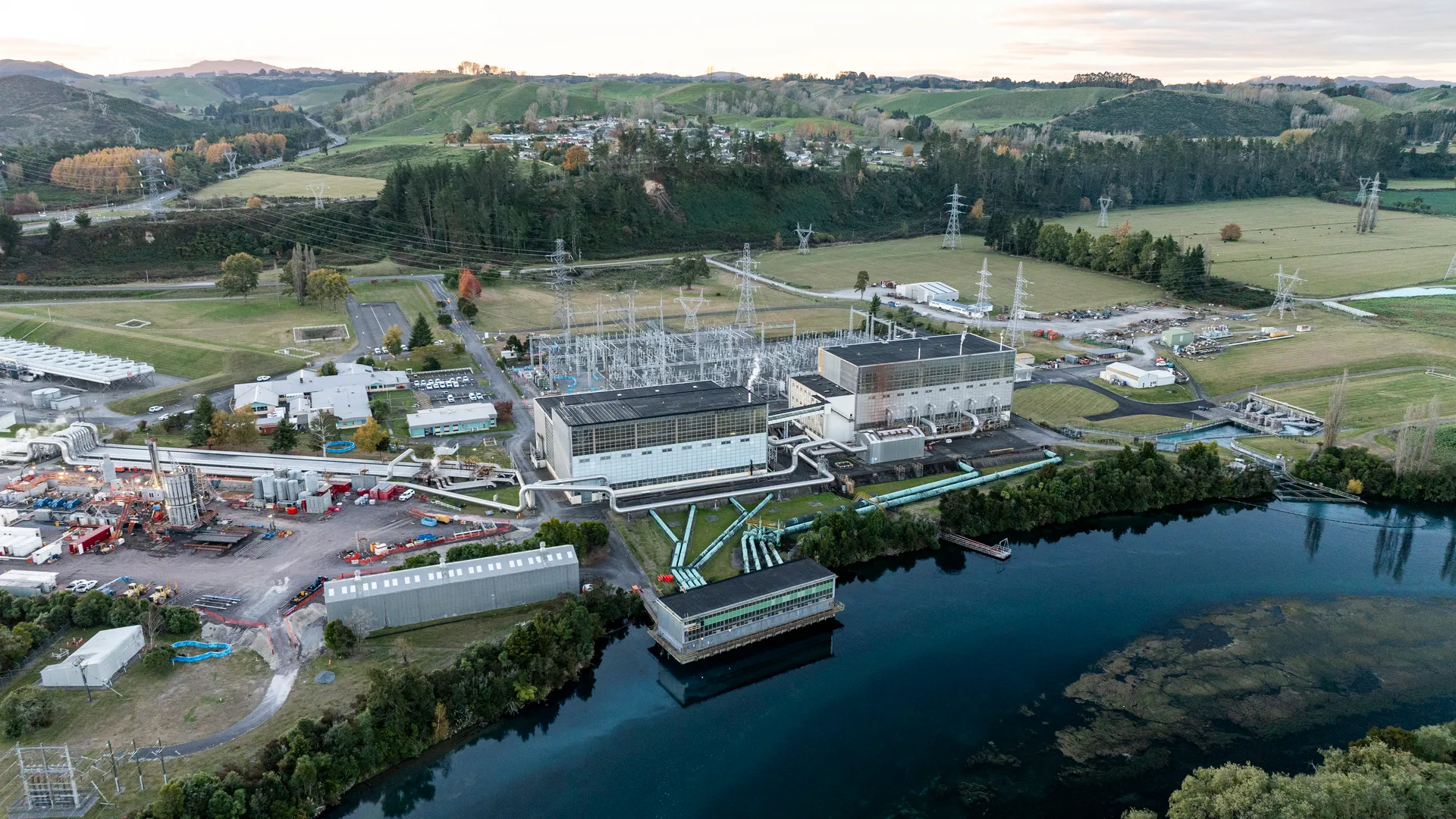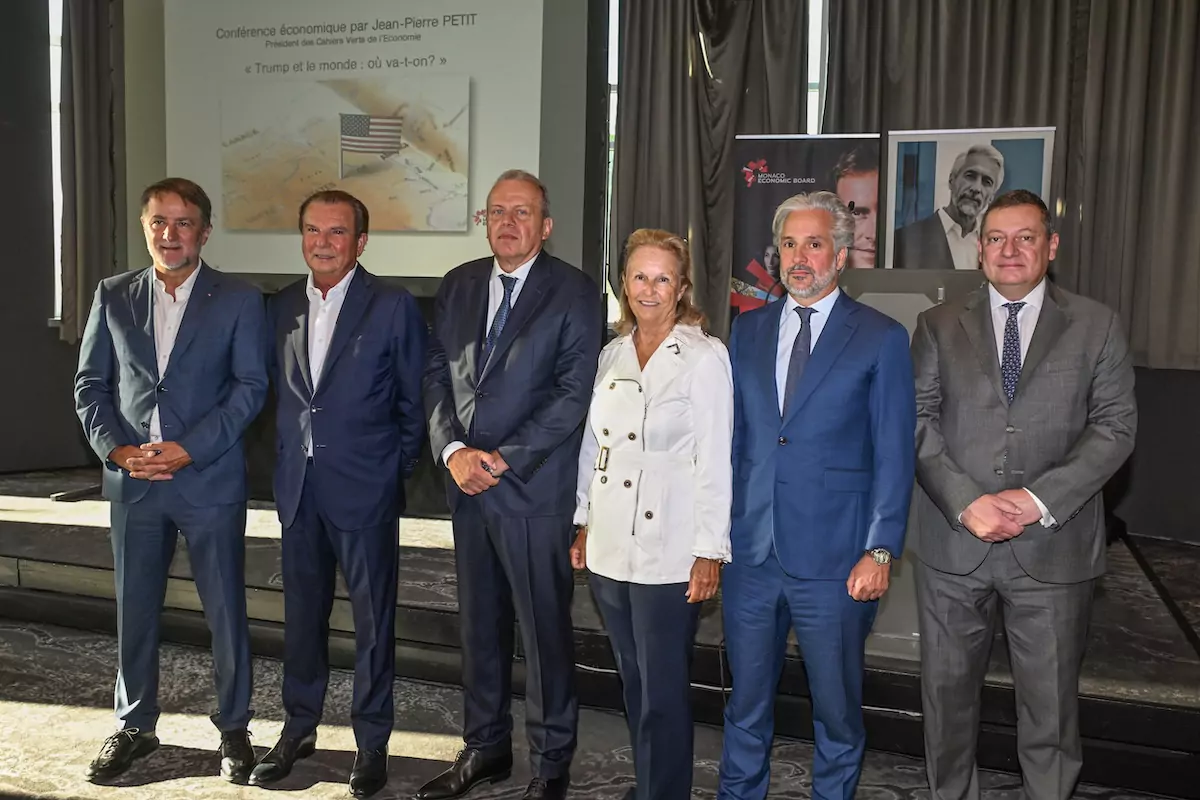
When I was an engineer at Stripe circa 2017, I pitched a machine learning system that would cut our support headcount in half. I thought I was solving the biggest cost to the company: people. After all, isn’t that the point of automation?
The head of support’s response caught me off guard: “Congratulations. You’ve automated the easy part.”
I realized the real problem was the workflow. Agents were toggling between 10 different tools. Institutional knowledge was stuck in silos. Work was being routed manually, without any visibility into patterns or bottlenecks. The biggest cost wasn’t people. It was the broken process.
Cutting labor costs in the name of AI has often proven to be a losing proposition. Take Klarna, for example: in early 2024, their OpenAI‑powered assistant took on the workload of nearly 700 support agents, but that bet didn’t stick. By mid‑2025, the company began rehiring human agents, acknowledging that customers still want empathy, and that AI needs human oversight to deliver quality service.
Subscribe to the Daily newsletter.Fast Company’s trending stories delivered to you every day
Privacy Policy
|
Fast Company Newsletters
The companies actually moving the ball forward on AI aren’t fear mongering about its potential or laying off entire teams. They’re rethinking how work gets done. They’re investing in programs and structures to accelerate learning and experimentation, helping employees evolve and drive efficiency alongside the technology. It’s the combination of humans and AI that unlocks AI’s full potential—not AI-only at all costs, which only serves to sow reticence among the very people we need to move it forward. Here’s how they think about using AI to unlock real gains.
Design for orchestration
When companies view AI through the lens of headcount reduction, they end up chasing automation for its own sake. But automating without connecting systems, roles, and feedback loops just accelerates the mess. It’s like building an assembly line where the sections don’t fit together.
The most effective teams don’t treat AI as a stand-alone fix. They treat it as one part of a larger machine: human judgment, internal tools, data flows, and real-time decision loops. The goal isn’t fewer people. It’s better flow.
At Stripe, I once built a model to auto-answer simple support queries. Automation wasn’t the most valuable part. The most useful outcome turned out to be refreshing the categorization of support issues and documentation, which had gotten outdated and too broad. For example, we identified that chargeback fee questions should be treated differently from chargeback evidence questions, which had previously been grouped together. This freed people up to develop training, build the right internal tools, and organize product feedback.
Build on top of clean documentation
Fear of job loss often drives leaders to chase AI quick wins: “Can we automate answers tomorrow?” But AI can’t answer questions no one has documented properly. Knowledge usually lives in chat threads, outdated docs, or in one person’s head. And that’s where adoption efforts stall.
High-functioning, AI-forward teams treat internal knowledge as a product. They document how decisions are made. They build systems where humans feed lessons back in. And they make it easy for AI (or anyone) to access and apply that context reliably.
advertisement
One company in Latin America’s online food-delivery sector offers a useful example. When AI chat support went sideways, the team first centralized their standard operating procedures and mapped gaps with product managers. According to their product manager, many policies didn’t exist or were outdated, with no overarching process to keep documentation fresh after product changes. That unlocked clarity and consistency before any AI was involved, and enabled faster automation once the AI effort got underway.
My most frequently given advice for companies to accelerate their AI initiatives is to write things down, keep them up to date, then use AI to surface patterns and speed up decisions.
AI isn’t magic: It’s infrastructure
When leaders frame AI as a shortcut to job cuts, they set themselves up for disappointment. The teams seeing real impact take a very different approach: they treat it like plumbing. They connect it to their systems for scheduling, analytics, forecasting, and decision-making, and they generally measure outcomes, not vibes.
They also don’t overcommit. They test. Adjust. Roll back. The smartest operators don’t ask, “What can we automate?” They ask, “What’s breaking right now, and could AI help?”
One payroll provider with over five million users illustrates the point well. Instead of ripping out their call center, they built a dial to A/B test between an AI voice agent and the classic “press 2 for billing” interactive voice response. They measured resolution rates, sampled calls, and tested continuously. By plugging AI into existing systems for telephone and quality management, they were able to target specific workflows for automation, such as troubleshooting common reasons for delayed payments.
AI isn’t going to transform your workforce overnight. The best leaders know how to measure success, build systems around those learnings, and roll out changes rigorously. Done right, AI can help you build a workforce that’s more resilient and less dependent on heroics, not by chasing headcount cuts, but by integrating AI thoughtfully into the messy reality of operations. In this way, organizations can bring employees along for the journey, ensuring AI becomes a tool people want to use and ultimately adopt.
The conversation we should be having isn’t about which jobs vanish, but about how we redesign systems so humans and AI can work together at their best. That’s where real innovation happens and where the gains compound.



